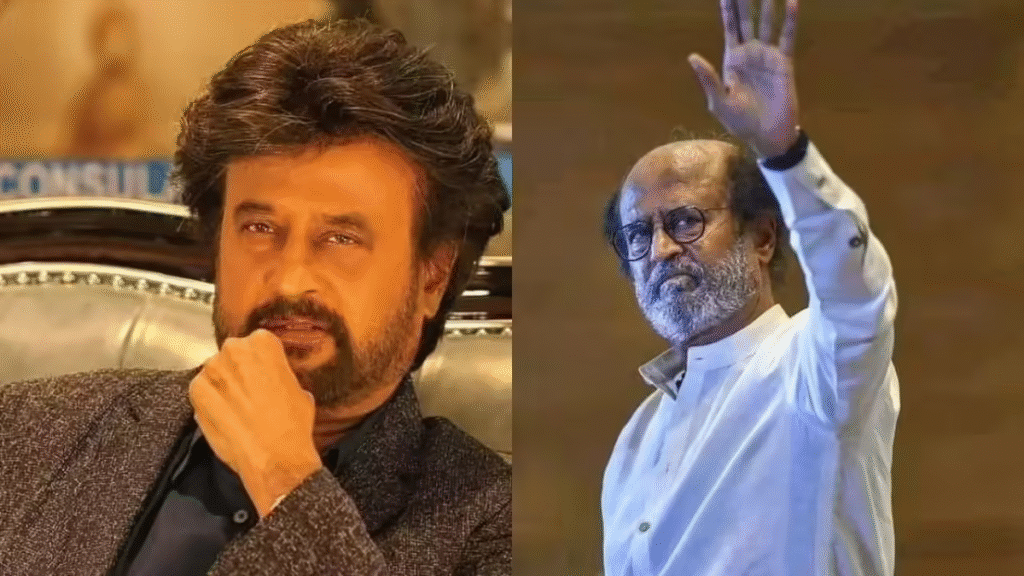Now Reading: Anurag Kashyap’s Candid Reflections: Avoiding Ram Gopal Varma’s Pitfalls and Staying True to Vision
-
01
Anurag Kashyap’s Candid Reflections: Avoiding Ram Gopal Varma’s Pitfalls and Staying True to Vision
Anurag Kashyap’s Candid Reflections: Avoiding Ram Gopal Varma’s Pitfalls and Staying True to Vision

Anurag Kashyap, a name synonymous with gritty realism and groundbreaking narratives in Indian cinema, recently opened up about his career trajectory and the lessons he’s learned from observing the highs and lows of his contemporaries. In a candid conversation, he specifically addressed the career of Ram Gopal Varma, a director who once revolutionized Indian filmmaking but later saw a significant decline. Kashyap’s reflections weren’t laced with malice, but rather with a keen understanding of the industry’s treacherous path and a determination to avoid repeating past mistakes.
Kashyap’s comments, which have sparked considerable discussion among film enthusiasts and industry insiders, centered on Varma’s prolific period, during which he seemingly had multiple projects running simultaneously. “He had 5 films, he could make two. He would ask others to make three,” Kashyap stated, highlighting the potential for dilution of creative control and quality when a filmmaker spreads themselves too thin. This observation reflects a broader concern about the pressures of commercial success and the temptation to prioritize quantity over artistic integrity.
Varma, in his heyday, delivered iconic films like “Satya,” “Rangeela,” and “Company,” showcasing a unique blend of technical innovation and compelling storytelling. However, his later career witnessed a significant drop in critical and commercial acclaim, with many attributing it to an overabundance of projects and a perceived loss of focus.
Kashyap’s remarks aren’t merely a critique of Varma’s choices. They represent a deeply personal commitment to maintaining creative control and ensuring that each project receives the necessary attention. Known for his meticulous approach and unwavering dedication to his vision, Kashyap’s filmography, including “Gangs of Wasseypur,” “Black Friday,” and “Ugly,” reflects a consistent pursuit of authentic storytelling.
The director’s perspective resonates with many independent filmmakers who struggle to balance artistic ambition with commercial demands. The Indian film industry, like many others, is a complex ecosystem where success is often measured by box office numbers and widespread appeal. However, Kashyap’s career stands as a testament to the possibility of achieving critical acclaim and audience engagement while staying true to one’s artistic principles.
His emphasis on avoiding the pitfalls of over-extension highlights a crucial lesson for aspiring filmmakers: the importance of prioritizing quality over quantity. The pressure to churn out films to maintain relevance or financial stability can lead to a dilution of creative energy and a decline in artistic standards. Kashyap’s approach, characterized by careful selection of projects and a hands-on involvement in every stage of production, underscores the value of focused dedication.
Furthermore, Kashyap’s reflection on Varma’s career serves as a cautionary tale about the transient nature of success in the film industry. The rapid shifts in audience preferences and the ever-evolving landscape of entertainment necessitate a constant reinvention and adaptation. While past achievements can provide a foundation, they cannot guarantee future success.
The director’s candidness also sheds light on the collaborative nature of filmmaking and the importance of surrounding oneself with a capable team. While Varma’s approach involved delegating significant responsibilities, Kashyap emphasizes the need for active involvement and a shared vision. This collaborative spirit is evident in his long-standing associations with writers, cinematographers, and actors who contribute to his distinctive cinematic style.
In a broader context, Kashyap’s comments raise pertinent questions about the role of mentorship and guidance in the film industry. The challenges faced by Varma, despite his early success, highlight the need for experienced filmmakers to provide support and guidance to emerging talents. By sharing his insights and experiences, Kashyap contributes to a culture of knowledge sharing and mentorship, fostering a more sustainable and artistically vibrant film industry.
Ultimately, Anurag Kashyap’s reflections on Ram Gopal Varma’s career are not about casting judgment, but about extracting valuable lessons from the past to shape a more fulfilling and artistically rewarding future. His commitment to creative control, his emphasis on quality over quantity, and his dedication to authentic storytelling serve as a powerful reminder of the enduring importance of artistic integrity in the face of commercial pressures. By staying true to his vision, Kashyap continues to carve a unique and impactful path in Indian cinema, inspiring a new generation of filmmakers to prioritize artistic excellence over fleeting fame.









